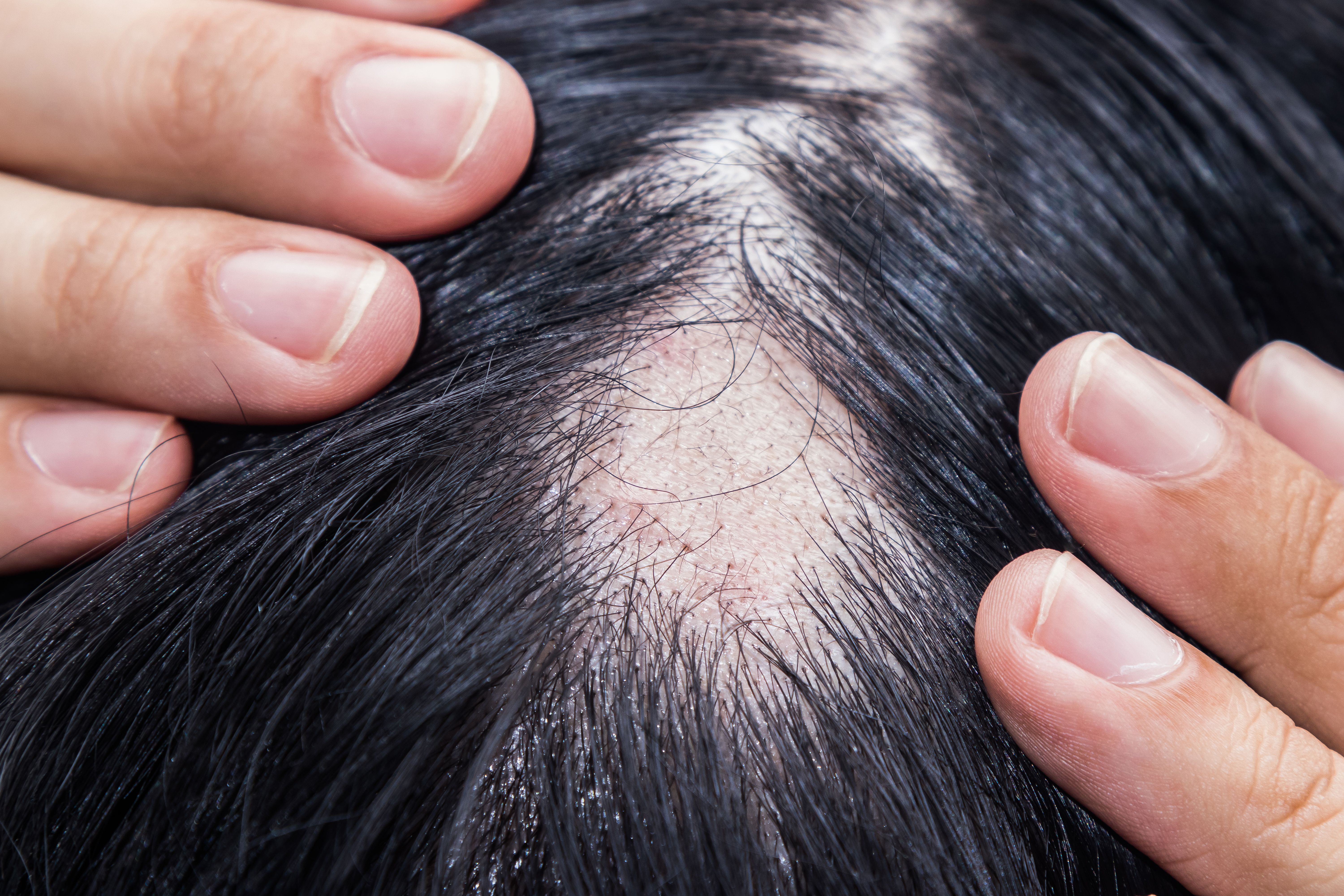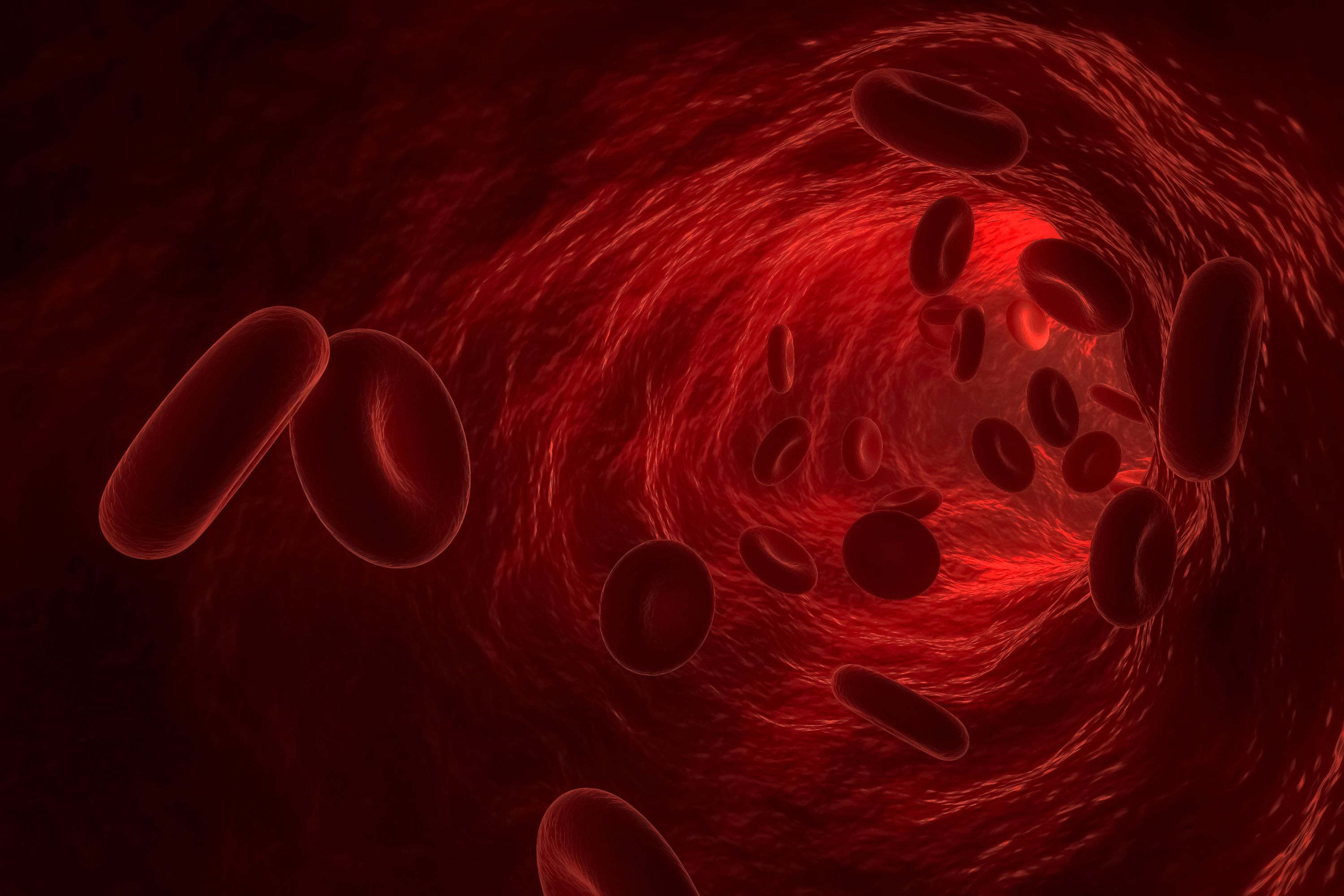News
Article
Study Highlights Unmet Needs in Measuring Patient Experiences in Alopecia Areata
Author(s):
Key Takeaways
- Alopecia areata affects 8.3 million people globally, significantly impacting quality of life.
- PROMs are essential for integrating patient perspectives into drug development and evaluating treatment efficacy.
Significant unmet needs were found among high-quality validation studies on the internal structure of patient-reported outcome measures (PROMs) specific to alopecia areata (AA), a common hair loss condition with substantial quality of life impacts.
Significant unmet needs were found among high-quality validation studies on the internal structure of patient-reported outcome measures specific to alopecia areata, a common hair loss condition with substantial quality of life impacts. | Image Credit: cattyphoto - stock.adobe.com

In robust validation studies that assess the internal structure of patient-reported outcome measures (PROMs) for alopecia areata (AA), significant gaps highlight unmet needs in understanding the patient experience with this common hair loss condition, according to a study published in JAMA Dermatology.1
AA is a common immune-mediated disease, classified as a dermatological condition, that causes nonscarring hair loss on the scalp and other hair bearing sites on the body. An estimated 8.3 million individuals are affected by AA worldwide, often leading to substantial impairments in quality of life (QOL).
The systemic collection of patient data is utilized for patient-focused drug development to ensure that patients’ experiences, perspectives, needs and priorities are meaningfully incorporated into drug development and evaluation.2 PROMs tend to include an assessment of patients’ disease signs and symptoms, QOL, treatment experience, preferences for outcomes and treatments, and the relative importance of these issues. When patients are offered the ability to report assessments, they provide a key source of data for evaluating treatment efficacy.
Researchers and clinicians currently lack consensus on the most suitable AA-specific PROMs for research and clinical practice.1 Additionally, no data are currently available regarding the quality of psychometric properties of existing AA-specific PROMs. The study authors aimed to derive a comprehensive inventory of AA-specific PROMs and critically appraise their psychometric properties.
A total of 15 articles were identified for the study review, 7 of which were validation studies that evaluated various psychometric properties of 8 PROMs. There were 8 developmental studies included that reported 11 AA-specific PROMs:
- Alopecia Areata Severity Self-Assessment (AASSA)
- Scale of Alopecia Areata Distress (SAAD)
- Alopecia Areata Symptom Impact Scale (AASIS)
- Alopecia Areata Patient Priority Outcomes (AAPPO)
- PRO Measure for Eyebrows
- PRO Measure for Eyelashes
- PRO Measure for Nail Appearance
- PRO Measure for Eye Irritation
- Scalp Hair Assessment PRO
- Alopecia Areata Quality of Life Index (AA-QLI)
- Alopecia Areata Patients’ QOL (AAQ)
The inter-raters achieved 96.7% agreement on title/abstract exclusion. The development design of 3 PROMs (AASIS, AA-QLI, and SAAD) did not explicitly include patient involvement. Across all PROMs, 2 constructs included health-related (HR) QOL and disease symptoms.
Overall, 3 instruments measured AA-specific HRQOL measures, 5 instruments assessed AA-related symptoms, and 3 PROMs were multidimensional. Both constructs informed the scores.
The patient sample size for development design ranged from 5 (AAQ) to 45 (SAAD). The patient sample size for validation studies ranged from 11 (for the content validity assessment of single-item symptom-based PROMs) to 1649 (for the internal structure assessment of AASIS).
Development design employed various methods for item generation, including qualitative approaches like interviews or focus groups (9 PROMs), input from experts (8 PROMs), a literature review (1 PROM), patient surveys (1 PROM), reviewing a patient-focused drug development meeting (1 PROM), and reviewing HRQOL data of patients with AA (1 PROM). Methodological evaluation rated the quality of development design as very good for SAAD, AAPPO, and all 5 symptom based instruments. Evaluators judged the content validity sufficient for 8 PROMs, while they found the content validity of AASSA, AAQ, and AA-QLI inconsistent.
There were 6 structural validity studies addressed at 5 unique PROMs. One study conducted a cluster analysis to establish the underlying structure of AASIS. Assessments found the structural validity sufficient for 3 PROMs (SAAD, AAPPO, and AAQ), but only AAPPO had high quality of experience support. Researchers compared the PROMs against 11 different anchor measures when hypothesis testing for construct validity.
Reviewers rated the overall quality of hypotheses testing for construct validity as sufficient for AA-QLI and AASIS, and insufficient for AASSA and AAQ. AAPPO showed insufficient convergent validity when compared with comparator instruments but sufficient discriminative validity when compared between different subgroups.
The lack of clinical trials and non-English instruments limited the overall reporting of the frequency of use and responsiveness in this review. The study also failed to consider factors of interpretability and feasibility, which should inform instrument selection alongside psychometric properties.
This was the first study to evaluate the psychometric quality of the development design and validation of AA-specific PROMs. “The limited evidence supporting the internal structure of existing PROMs is a call to action in that tools undergo the missing psychometric validation in the future,” study authors concluded.
References
1. Darchini-Maragheh E, Moussa A, Yoong N, Bokhari L, Jones L, Sinclair R. Alopecia areata–specific patient-reported outcome measures: a systematic review. JAMA Dermatol. 2025;161(4):421–429. doi:10.1001/jamadermatol.2024.6660
2. Wyrwich KW, Kitchen H, Knight S, et al. Development of the scalp hair assessment PRO measure for alopecia areata. Br J Dermatol. 2020;183(6):1065-1072. doi:10.1111/bjd.19024




